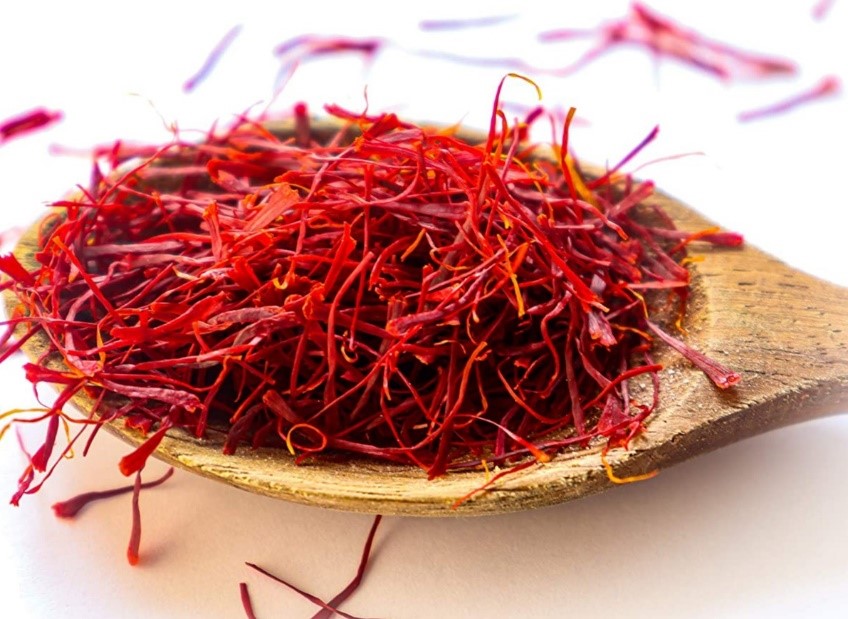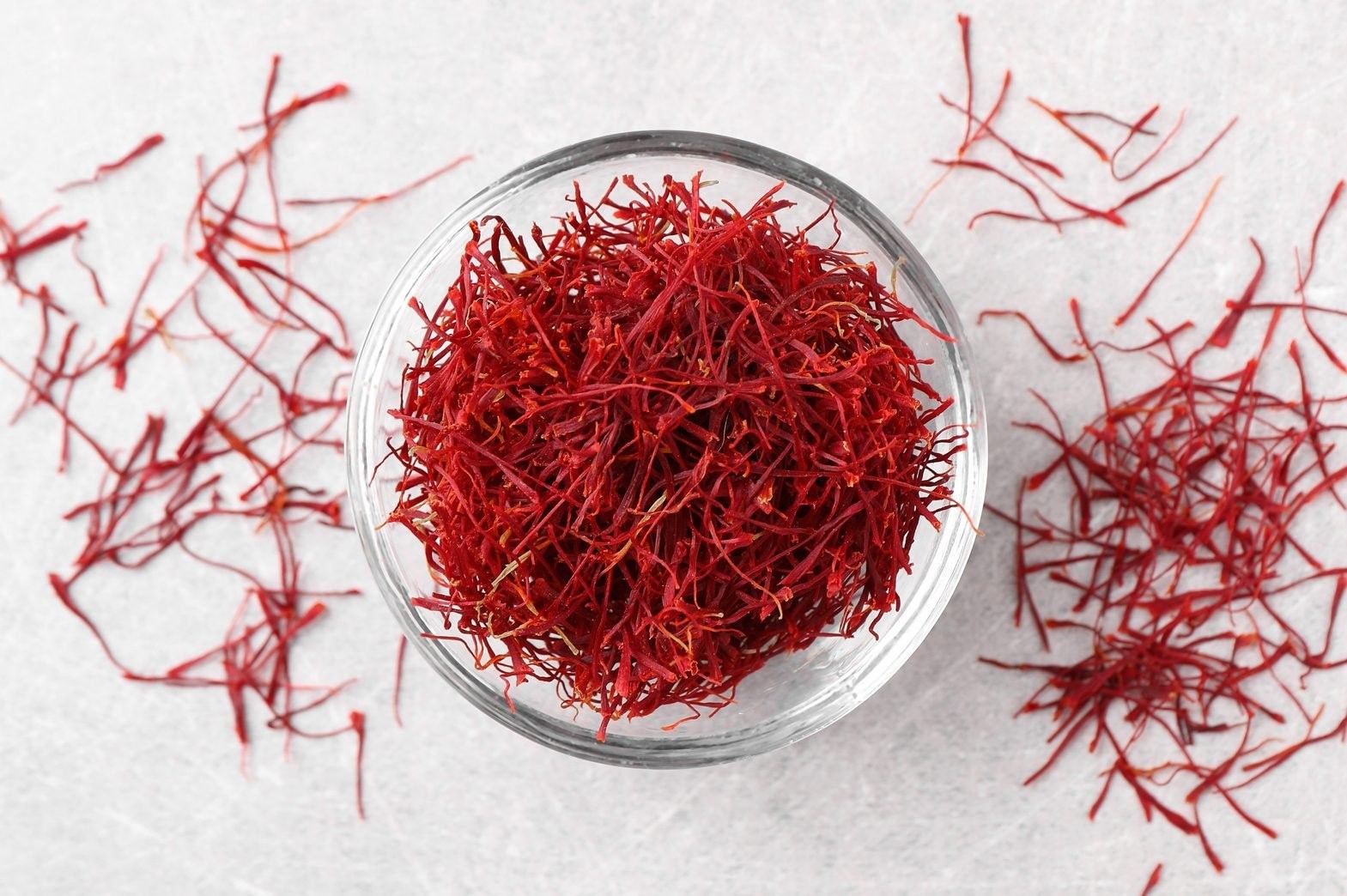A Growing Global Opportunity
India, especially the Kashmir region, is renowned for producing some of the world’s finest saffron. With its vivid red threads, powerful aroma, and high crocin content, Indian saffron stands as a premium product on the global spice market. As international demand rises, exporting saffron from India presents a lucrative and expanding business opportunity. Exporting Saffron from India

Why Choose Indian Saffron for Export?
Although Iran leads global production, Indian saffron is highly prized for its purity and color strength. Moreover, Kashmir’s unique climate and soil create ideal growing conditions, giving Indian saffron a competitive edge.
Key Advantages of Indian Saffron
-
Superior Quality: Kashmiri saffron—particularly the Mongra variety—contains more crocin than many global alternatives. As a result, it produces a deeper color and richer flavor, making it ideal for culinary, cosmetic, and medicinal uses.
-
Rising Global Demand: Worldwide, people are seeking natural, high-value ingredients. Consequently, saffron is in high demand across Europe, the Middle East, and the U.S., making it a smart export option for Indian entrepreneurs.
-
Government Support: To encourage spice exports, the Indian government provides incentives through the Spices Board of India, including quality certifications and export subsidies. Therefore, new exporters can benefit from strong institutional backing.
Steps to Export Saffron from India
To enter the international saffron market successfully, you must follow a few structured steps. These help ensure legal compliance and safeguard product integrity.
1. Obtain Legal Certifications
To begin, register your business with the Spice Board of India, which issues a Certificate of Registration as Exporter of Spices (CRES). Additionally, you’ll need an Import Export Code (IEC), a GST number, and FSSAI approval if your saffron is for food use.
2. Source Authentic Saffron
Next, partner with certified saffron farmers or cooperatives in Kashmir. It’s essential to verify the saffron’s quality through lab testing for moisture, crocin content, and absence of artificial color. By doing so, you can build credibility with foreign buyers.
3. Use Quality Packaging
Since saffron is fragile, proper packaging is vital. Most exporters use airtight glass containers or vacuum-sealed sachets to protect it from light and moisture. Furthermore, labels must include the origin, net weight, and batch number to comply with international standards.
4. Manage Documentation and Logistics
After packaging, coordinate with a logistics company to handle customs and shipping. Required export documents include the invoice, packing list, certificate of origin, and phytosanitary certificate. Additionally, using an experienced customs broker can help prevent delays at ports.
Tips for Long-Term Export Success
-
Prioritize Consistency: Buyers expect the same high quality with every order. Therefore, set up regular testing and standardize your supply chain.
-
Understand Market Trends: Since saffron prices fluctuate, stay informed about demand cycles and global trade policies. In doing so, you’ll remain competitive and agile.
-
Build Buyer Relationships: Finally, strong relationships with international clients lead to repeat business. Communicate, offer samples, and participate in trade expos to expand your network.






